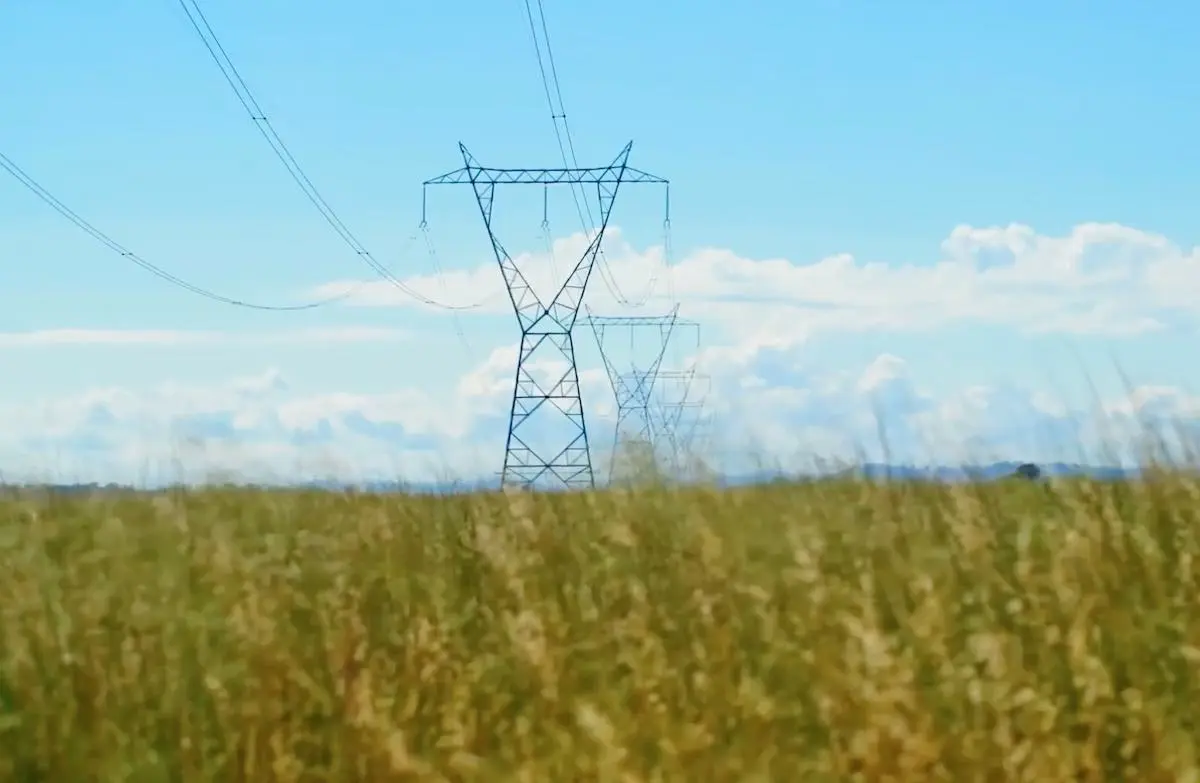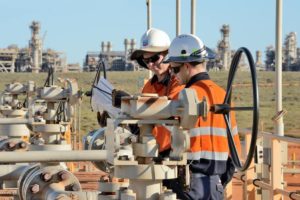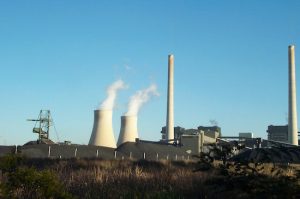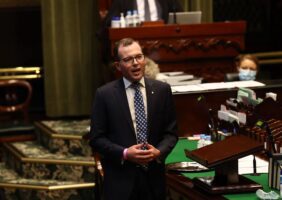Victorian electricity and gas network company AusNet Services says it will halve its Scope 1 and 2 emissions by 2030 and aim for net zero by 2045 – while also continuing to supply gas to customers for “decades to come.”
AusNet, which is 45 per cent-owned by Canada’s Brookfield Asset Management, owns and operates around $11 billion of electricity and gas transmission and distribution assets in Victoria that connect into more than 1.3 million homes and businesses.
In its inaugural Climate Change Position Statement, AusNet says an interim emissions reduction target of 50% by 2030 will be based on a 2022 baseline, when it generated 1.7 million tonnes of Scope 1 and 2 CO2-e emissions.
The vast majority of these emissions are chalked up as network losses, including line losses from electricity transmission and distribution networks (Scope 2), and fugitive emissions from the gas network (Scope 1).
Brookfield’s ownership of AusNet was a cause for concern for the competition regulator when it was analysing its proposed purchase of the Origin Energy utility business, but the ACCC said its fears that it could diminish competition were more than offset by Brookfield’s big renewable and storage plans for the main grid/
On the electricity side of AusNEt’s climate equation, it says the emissions will be cleaned up as more of the state’s electricity mix shifts to renewables, which means AusNet’s decarbonisation task can partly piggyback on the overall progress of the state in quitting coal.
For its part, AusNet promises to continue to do its best to connect more large-scale renewable energy and storage to its networks, adding to the 5GW-plus that it says it has already connected.
AusNet says it hopes to accommodate more renewables through grid upgrade projects like the Western Renewables Link, which proposes to connect Bulgana in western Victoria to Sydenham in Melbourne’s north-west via a 190km 500kV high-voltage electricity transmission line.
“While we cannot directly influence the carbon intensity of the electricity that we transport, it is imperative that we expand the capacity of our networks and connect new renewable generation as quickly and prudently as possible,” said AusNet chief Tony Narvaez on Tuesday.
“This includes building new transmission and distribution infrastructure, enhancing network resilience and integrating consumer energy resources such as electric vehicles and rooftop solar onto our network while maintaining system security.”
“We are also focusing on the emissions we can directly control through initiatives including refurbishment or replacement of high greenhouse gas leaking equipment at our terminal stations, transitioning to 100 per cent renewable energy in our buildings, and trialling electric vehicles within our fleet,” he said.

AusNet says the emissions from its gas distribution assets – primarily methane and carbon dioxide that leaks from the company’s network of pipes – will be addressed through refurbishment and replacement initiatives.
AusNet’s gas business is covered by the federal government’s Safeguard Mechanism, with a baseline set at 220,372 tonnes of CO2-equivalent emissions a year and a requirement to cut these emissions by around 30 per cent by 2030.
According to a Task Force on Climate-related Financial Disclosures report, also published Tuesday, AusNet says it has replaced more than 800km of ageing gas pipelines since 2009 – a measure “without which our company-wide Scope 1 emissions would be 25 per cent higher.”
But it adds later that “given the future uncertainty around the gas network, there are limited opportunities for AusNet to reduce emissions beyond existing programs… and therefore we will be required to purchase offsets almost immediately.
“This has been recognised by the AER with these costs recoverable through the regulatory regime,” the report says.
The TCFD Report 2023 also says that AusNet is committed to continue decarbonising the gas sector “through one of two pathways – the introduction of renewable gas or electrification.”
The latter is certainly more closely aligned with the Victorian government’s plan, having set the date for January 01, 2024 to introduce a state-wide ban on gas network connections to new homes in the state.
At the time of the policy announcement, however, AusNet released a statement saying it was committed to continue its gas delivery service.
“Natural gas is a fuel of choice for many Victorians and we’ll continue to provide safe and reliable gas to our 790,000 customers,” the statement said.
“Our extensive program of mains upgrades and renewals will continue as we maintain and improve our existing gas network in western Victoria and position it for a future in renewable gas.”
This sentiment is echoed in the TCFD report, which says that – “notwithstanding the recently announced residential connection ban” – AusNet anticipates “customers will need reliable and safe gas distribution services for decades to come, even as we move to greater levels of electrification in our homes and industry.”
By 2045, AusNet clearly expects this will be renewable gas, and says upgrading its gas distribution network with polyethylene pipes will mean they are “hydrogen-ready should the need arise.”










